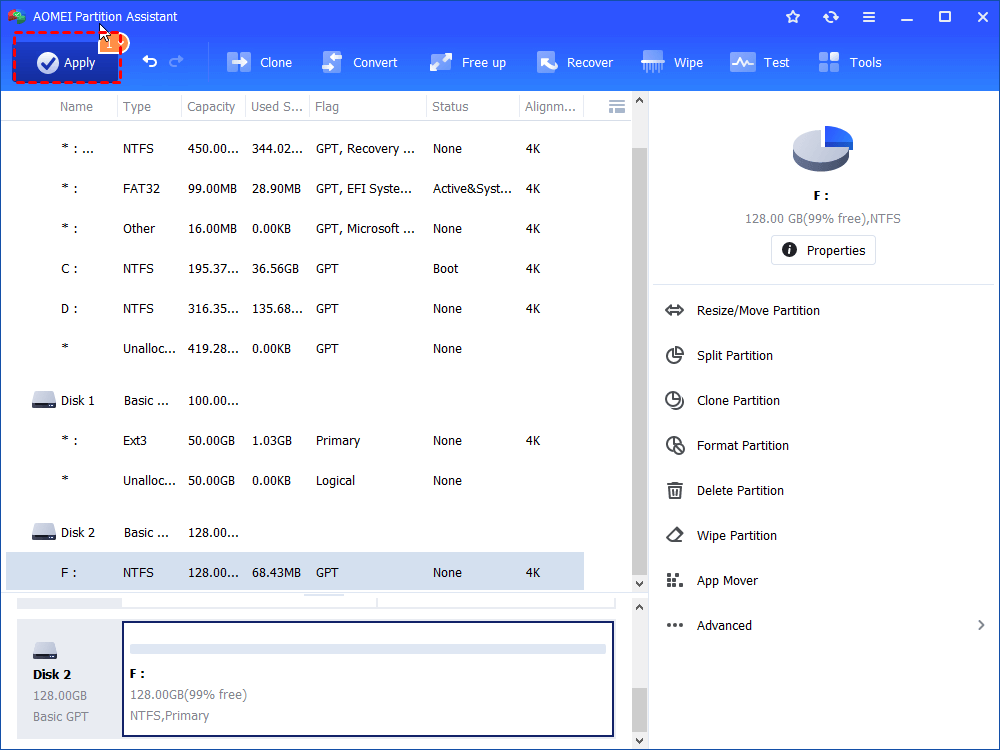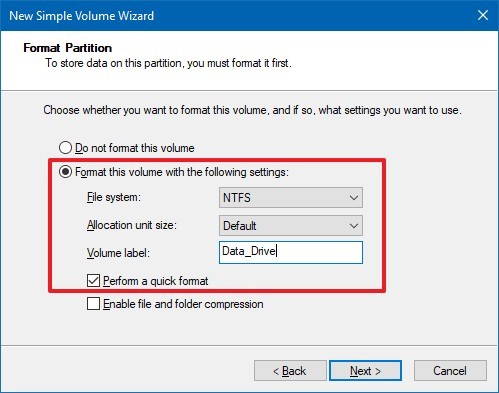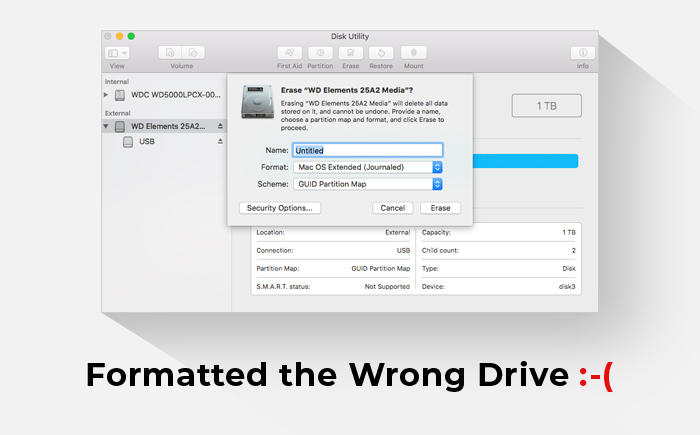
NVMe drives are absurdly fast, so ideally, you’d like to have both Windows 10 and Ubuntu installed on the main NVMe drive. Let’s say you only have one NVMe drive installed in your PC, and you want to dual boot your computer with Windows 10 and Ubuntu.

For example, you may want to set up a dual-boot system. There are many reasons you might want to resize a partition. Just be careful that you don’t accidentally format a drive with files on it - you’ll lose everything. You can perform any of the usual partition operations (like format, new, shrink, and extend) while Windows installs. This can be handy if you know in advance you’re going to want a particular configuration. You can modify partitions while Windows installs, too. How to Resize a Partition During Windows Installation Avoid dynamic disks - they’re deprecated and shouldn’t be used. They also make moving the drive between computers difficult. If your drive has more, you can just enter the correct amount.ĭynamic disks are okay if you’re just using them for storage, but they’re not suitable for operating system installation. In this case, we’re talking about a drive that had a small amount of unallocated space on it - only 10 megabytes. On this screen, you can specify the amount that you want to increase the partition by. In the Disk Management screen, just right-click on the partition that you want to shrink, and select “Extend Volume” from the menu. You can’t shrink a partition by more than the available free space - doing so would result in file loss. Note: In this example, our drive is almost full and only has 1.6 gigabytes free. For example, if you want to shrink your 50 gigabyte (GB) partition by roughly 10GB so that it will now be roughly 40GB, enter 10000 (10 gigabytes written in megabytes) into the box. In the Shrink dialog, you will want to enter the amount you want to shrink by, not the new size. In the Disk Management screen, just right-click on the partition that you want to shrink and select “Shrink Volume” from the menu. How to Shrink a Partition using Disk Management


You can also access the Disk Management Utility through the Power User Menu - press Windows+X, then tap the K key to open it. Alternatively, the Disk Management Utility also can be found at Control Panel > Administrative Tools > Computer Management > Storage > Disk Management. Open the Start Menu, search for “Disk Management,” then click “Create and Format Hard Disk Partitions” or click “Open.” The easiest way to launch the Disk Management Utility is through the Start Menu. How to Launch the Disk Management Utility


 0 kommentar(er)
0 kommentar(er)
